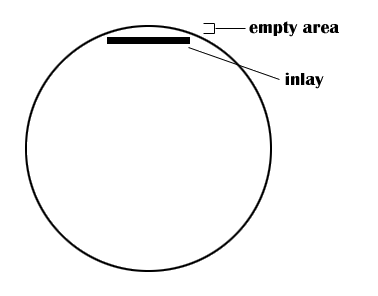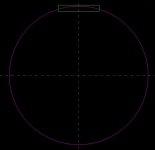Recently I've been thinking about this and can't quite figure out how inlays are done. I've seen some pictures of precut inlays ala

and whatnot and noticed theyre all flat.
But cues are round. So, what happens in for example, a cue like this:

The inlays I've seen look too small to be inserted and then turned down with the rest of the cue.
So with an inlay being flat and thin and a cue being round. Like so:

What happens in that empty space? Is that just the coating filling that space? How would that be kept round?
Also, for inlays like the notched diamond, is the cue cut like a diamond usually and then the notches are filled in with some kind of sawdust/glue combo or is the full shape actually cut out of the cue?
Thanks a bunch ahead of time

and whatnot and noticed theyre all flat.
But cues are round. So, what happens in for example, a cue like this:

The inlays I've seen look too small to be inserted and then turned down with the rest of the cue.
So with an inlay being flat and thin and a cue being round. Like so:

What happens in that empty space? Is that just the coating filling that space? How would that be kept round?
Also, for inlays like the notched diamond, is the cue cut like a diamond usually and then the notches are filled in with some kind of sawdust/glue combo or is the full shape actually cut out of the cue?
Thanks a bunch ahead of time
